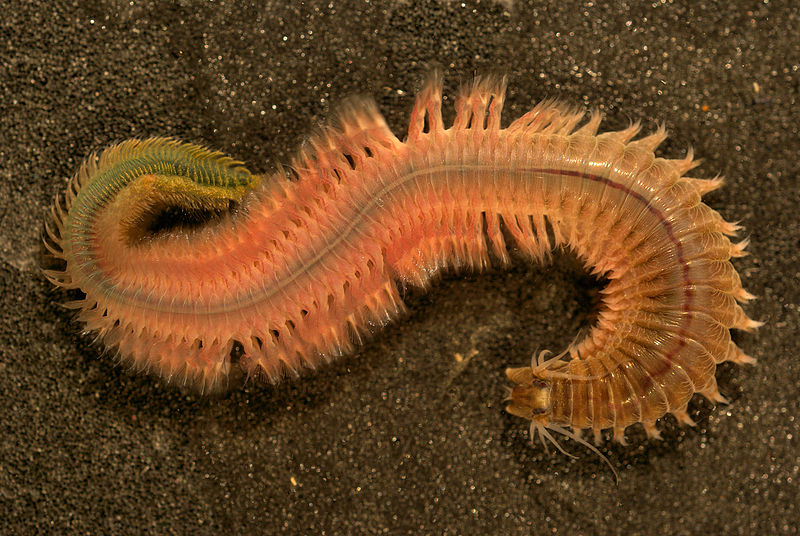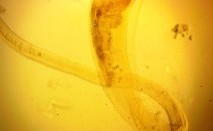
Category: Invertebrates

This family of polychaete worms contains about 500 mostly marine species. They can be found in all water depths – hiding under rocks, burrowing through mud, and foraging in seaweeds. They are generally omnivores but some species are actively carnivorous. When reproducing, ragworms morph into a new form known as an “epitoke” during which their digestive system may degenerate and all energy is diverted to reproduction – it dies after reproduction. This “epitoke” stage was once thought to be a different species.

Rub some dirt on it!
Could it be we have been too good at ridding our bodies of parasitic worms? Believe it or not, our efforts at keeping squeaky-clean and sanitary in the developed world may be contributing to increased allergies, asthma, psoriasis, even autoimmune diseases. The human immune system, having evolved with parasitic worms, recognizes them, and has learned to reduce inflammation and stimulate healing when these tiny intruders are sensed. While getting worms may be seen as too high a price to pay for many, for people suffering from severe allergies or colitis, it may be worth it. Victims of multiple sclerosis and Crohn’s disease have shown a promising reduction in symptoms (even remission in Crohn’s) after ingesting whipworm eggs - a treatment that may be worth it to some until a cure is found!
Learn more >>
 Discover Animals is a web-based educational resource offered by the NAIA
Discover Animals is a web-based educational resource offered by the NAIA